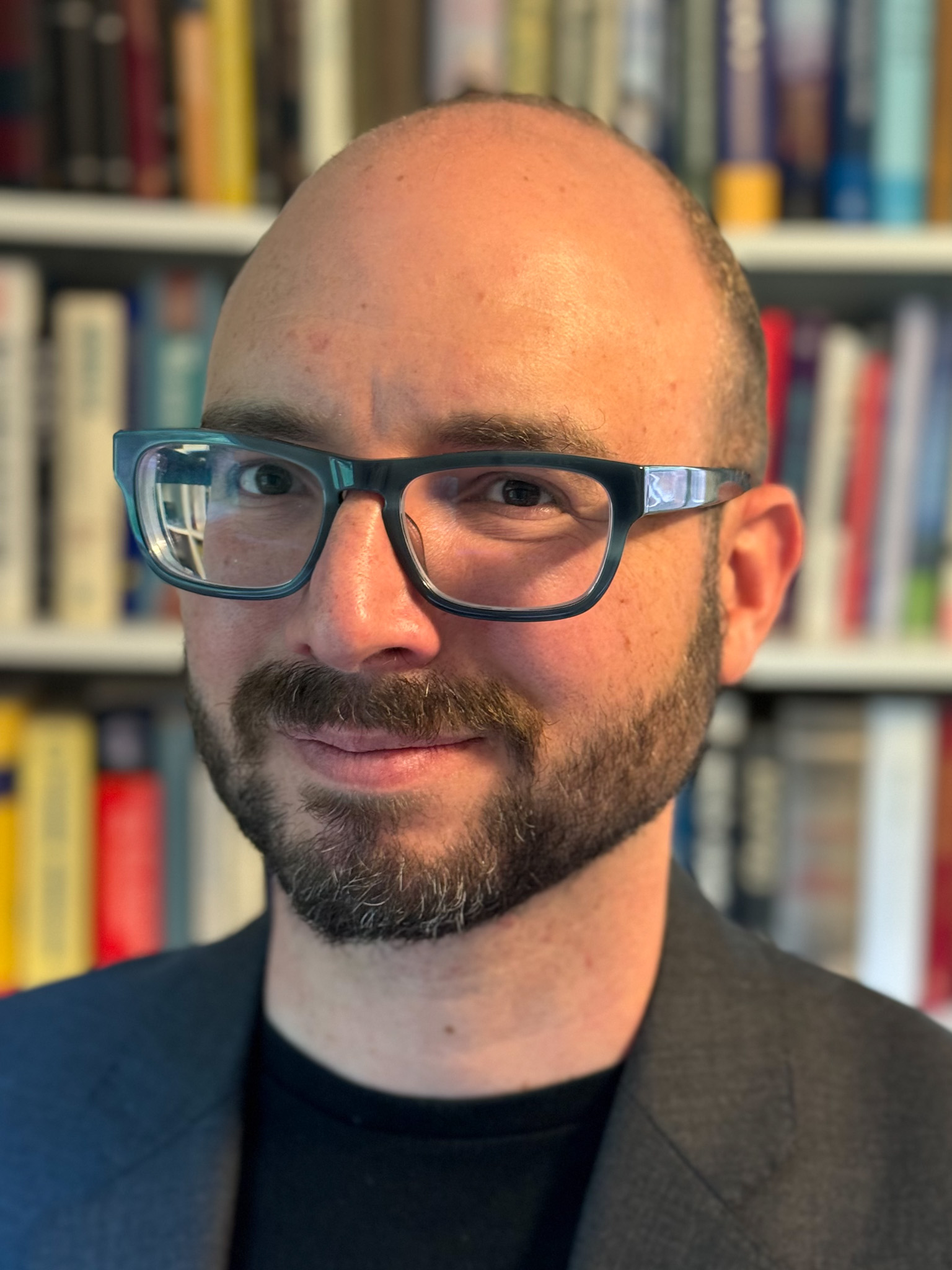UROP Project
Understanding the Dynamics of Bacterial Networks via Quorum Sensing
Systems Biology, Mathematical Models, Bacterial Networks, Quorum Sensing

Research Mentor: Marcos Müller Vasconcelos,
Department, College, Affiliation: Electrical Engineering, FAMU-FSU College of Engineering
Contact Email: m.vasconcelos@fsu.edu
Research Assistant Supervisor (if different from mentor):
Research Assistant Supervisor Email:
Faculty Collaborators:
Faculty Collaborators Email:
Department, College, Affiliation: Electrical Engineering, FAMU-FSU College of Engineering
Contact Email: m.vasconcelos@fsu.edu
Research Assistant Supervisor (if different from mentor):
Research Assistant Supervisor Email:
Faculty Collaborators:
Faculty Collaborators Email:
Looking for Research Assistants: Yes
Number of Research Assistants: 2
Relevant Majors: Biology, Chemistry, Mechanical Engineering, Electrical Engineering, Civil Engineering, Statistics, Computer Science
Project Location: FAMU-FSU College of Engineering
Research Assistant Transportation Required: Yes Remote or In-person: Partially Remote
Approximate Weekly Hours: 10 hours/week, Outside of business hours
Roundtable Times and Zoom Link:
Not participating in the roundtable
Number of Research Assistants: 2
Relevant Majors: Biology, Chemistry, Mechanical Engineering, Electrical Engineering, Civil Engineering, Statistics, Computer Science
Project Location: FAMU-FSU College of Engineering
Research Assistant Transportation Required: Yes Remote or In-person: Partially Remote
Approximate Weekly Hours: 10 hours/week, Outside of business hours
Roundtable Times and Zoom Link:
Not participating in the roundtable
Project Description
Bacteria often communicate using chemical signals in a process known as quorum sensing (QS). Through QS, individual cells release and detect small signaling molecules to coordinate behaviors such as biofilm formation, virulence, and antibiotic production. These systems are inherently nonlinear: feedback loops, repression/activation dynamics, and population growth create complex behaviors, including oscillations and spatial pattern formation. Mathematical modeling provides a way to understand how local interactions among bacteria lead to emergent collective behaviors. Using tools from differential equations, dynamical systems, and network science, we can capture the key mechanisms of quorum sensing and explore conditions under which oscillations, waves, or spatial patterns emerge.Objectives
This project aims to introduce UROP students to the modeling of microbial communication by focusing on:
1. Regulatory Circuits – modeling gene regulatory feedback loops underlying quorum sensing.
2. Population Dynamics – studying how growth, signaling, and repression interact over time.
3. Spatial Effects – exploring how diffusion of signaling molecules leads to spatial heterogeneity (e.g., concentric rings of activity).
This is a joint project with researchers from the University of California Berkeley.
Research Tasks: Students may take one or more of the following approaches:
1. ODE Modeling: Build systems of nonlinear differential equations for quorum sensing circuits and analyze conditions for oscillations.
2. Numerical Simulation: Implement MATLAB or Python simulations to study how parameters (Hill coefficients, diffusion rates, repression thresholds) affect system behavior.
3. Pattern Formation Analysis: Extend models with diffusion terms to investigate how spatial concentration gradients lead to emergent colony-level structures.
4. Comparative Study: Relate mathematical results to experimental findings reported in microbiology literature.
Skills that research assistant(s) may need: 1. Basic background in differential equations - recommended
2. Some programming experience (MATLAB or Python) - recommended
3. Interest in applying mathematics to biological systems - required

